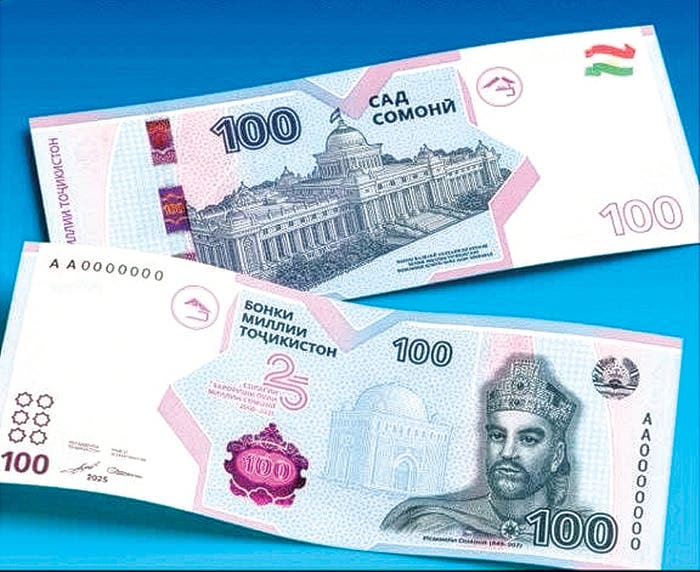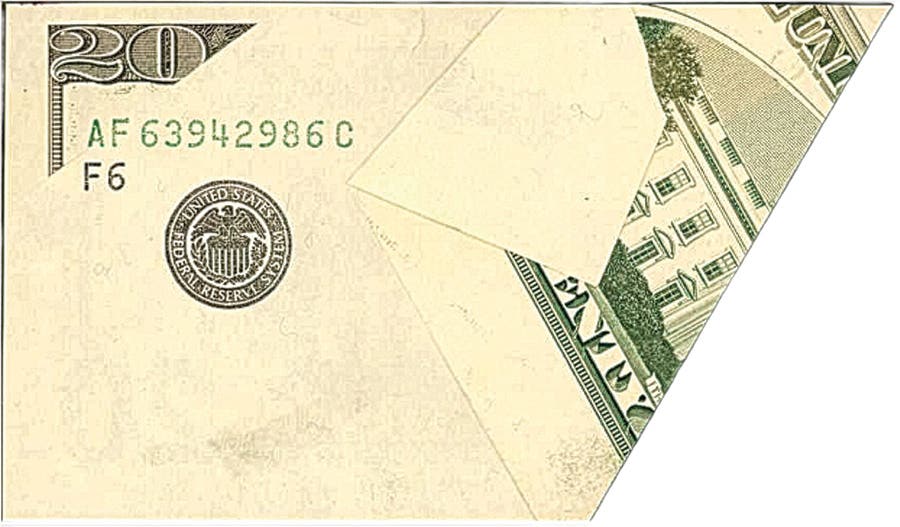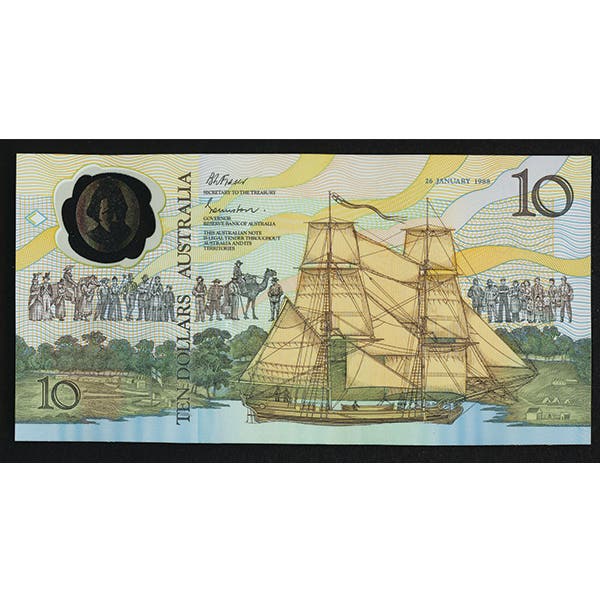Surinam Currency Collectibles
When one thinks of South America, the image of Latin-language countries takes over, and you don’t ever stop to realize that on that continent there are also several areas where…
When one thinks of South America, the image of Latin-language countries takes over, and you don’t ever stop to realize that on that continent there are also several areas where European languages and thoughts are the norm. These are the three small states on the east coast: the Guianas.
Surinam is the name of the enclave of South America that mostly belonged to the Netherlands from its hesitant inception in the 1680’s to the granting of full independence in 1975. (British forces took over briefly from 1799 to 1816.)
Various kinds of paper currency have been issued in that area, beginning with card money (also plain thick cardboard and bond money) during the period from 1760 to 1827. Money was made from cut up playing cards and issued in denominations of guilders (gulden in Dutch, letter f for florijn) and stivers.
Mr. T.F.A. van Elmpt has written a wonderful history and listing of many paper money issues titled Surinam Paper Currency Volume 1- 1760 to 1957 (pub. 1997). Much of the technical information you see in these articles will have been based on data from this source.
Van Elmpt presents actual listings of card, plain thick paper and bond issues starting with notes from pre-1761. Given are denomination, quantity, total face value, number of notes printed, shape or size of note, and name(s) of signatories. These characteristics remained fairly constant throughout the card listings. Some of these emissions are substantial (i.e., 10,000 to more than 40 or 50,000), yet today any surviving examples are considered to be of high rarity. That is because the authorities were quite careful to remove older issues from circulation in their entirety as much as possible. Interestingly enough, van Elmpt does not show a single bond issue in his book.
In 1822, King Willem I established the Algemeene Nederlandsche Maatschappij tot Bevordering van de Volksvlijt or “General Society” for short, with a head office in Brussels. Through various negotiations with the Nederlandsche Bank, it was decided that the Great Society issue a lower to higher range of denominations for use in Surinam. By June 1, 1828 all remaining card money was declared valueless.
The complete printing of notes acquired by the Surinam Government was all dated October 1, 1826, and their designs were the same as those in circulation in the Netherlands. The single difference was a small rectangular orange-brown overprint on the face of each note reading SURINAME. A bank seal is embossed into the card on the face as well. The uniface notes were printed by Johan Enschede & Zonen in Haarlem. The border for these notes consisted of a highly unusual design based on musical notation created exclusively for the printing firm.
The full range of values for this 1826 issue went from ½ gulden to 100 gulden; this emission was meant to be in general circulation in Surinam for much longer than the two years it was actually in use. The book includes illustrations of the ½ gulden as well as the 1 and 2 gulden; size of the ½ is 112 x 92mm.; both the 1 and 2 are the same size, 190 x 100mm. No higher values are shown.
The next attempt at providing a stable circulating medium took place with the establishment of the Private West-Indies Bank (PWIB) in 1829. These notes continued the general characteristics of the previous issue. The book gives many details and sample signatures of notes from this bank.
For this issue, the range of denominations from the initial release went from the lowest value, ½ gulden, to 1000 gulden; amounts made began with high totals for lower values to a paltry 260 pieces for the 1000. Size of 100 x 80mm. was uniform for notes through 5 gulden. All higher values were larger at 177 x 95mm. All were dated with the same year, 1829.
In 1837 an additional series of lower-value notes was prepared. This issue consisted of 10, 15, 25 and 50 centen. Each value had a different size and shape, with the most unusual one being the 25-centen, a hexagon. A further 100,000-piece supplement of 1-gulden notes was printed in 1840; these were also hexagonal but larger than the 25-centen of 1837.
The last printing of PWIB notes took place in 1844 with a further issue of the four lower values, but this time on thinner paper with a real watermark rather than a printed one. Because of political as well as financial difficulties, the bank had to cease its activities by 1847.
The following year all PWIB notes were withdrawn and converted to Treasury Bills with a face value of 100 gulden made specifically for use in Surinam. Backs contained areas to be filled in as interest was paid. A very limited quantity of small notes from the 1844 bank emission was retained to provide a bare minimum of circulating money.
Also in 1848, the Governor of Surinam decided to further supplement the money in daily use through introduction of an issue of non-interest bearing Treasury Notes in low values. A full range of denominations was prepared, from 10-centen to 25-gulden. This entire printing was overprinted by the government. Almost immediately the last of the PWIB 1844-dated notes were removed so that by mid-1848 only the Treasury Bills and Notes were left in use. But in later 1849 even those were finally exchanged for regular Dutch coinage; the situation stabilized by mid-1850. Van Elmpt’s volume shows a number of examples of Treasury Bills and Notes, many of which are proofs. Extremely few issued 100- gulden Treasury Bills are known, and it appears that no examples of this totally overprinted issue are known. Apparently, the authorities did a rather thorough job of removing any notes declared obsolete from circulation.
From 1850 to 1865 there were no notes made for use in Surinam. All needs were mainly provided for with Dutch coinage. A special Royal Decree allowed for other foreign coins to be acceptable by the Surinam government. Then a major event occurred- the freeing of over 30,000 slaves on July 1, 1863. This action resulted in a blossoming of business that made obvious the need for a full-fledged monetary system. The result was the founding of the Surinaamsche Bank in 1865. The next article will cover note issues of that bank; it is still in operation today.









